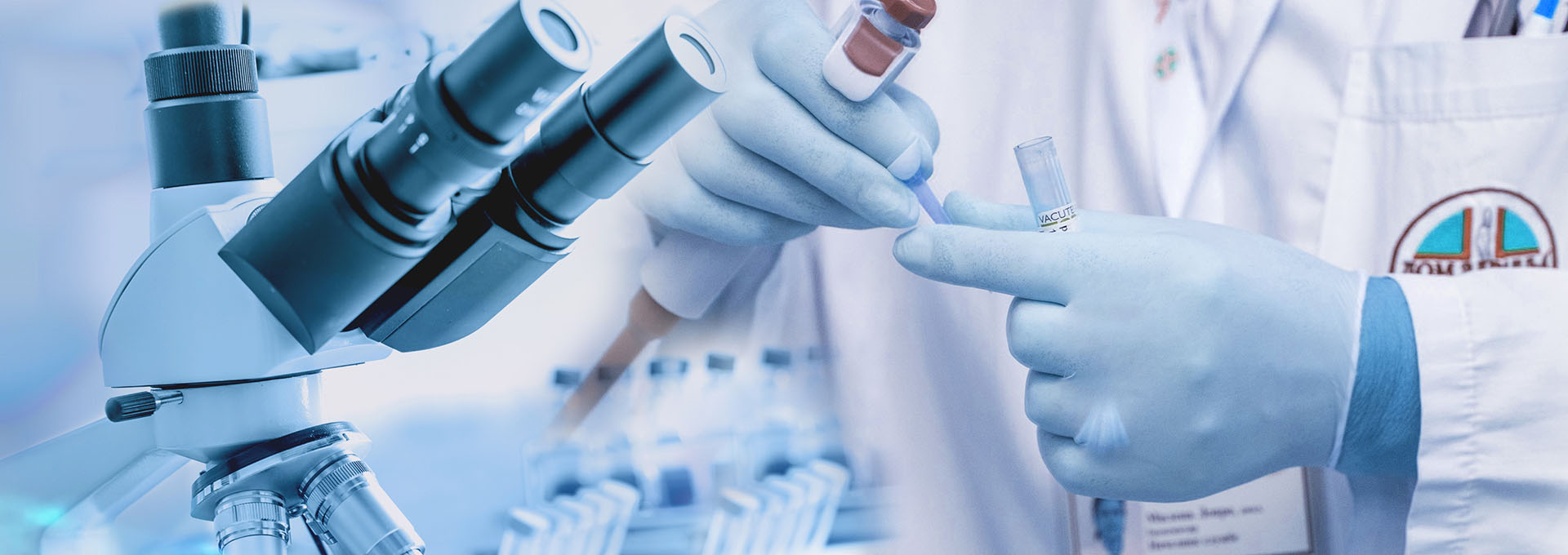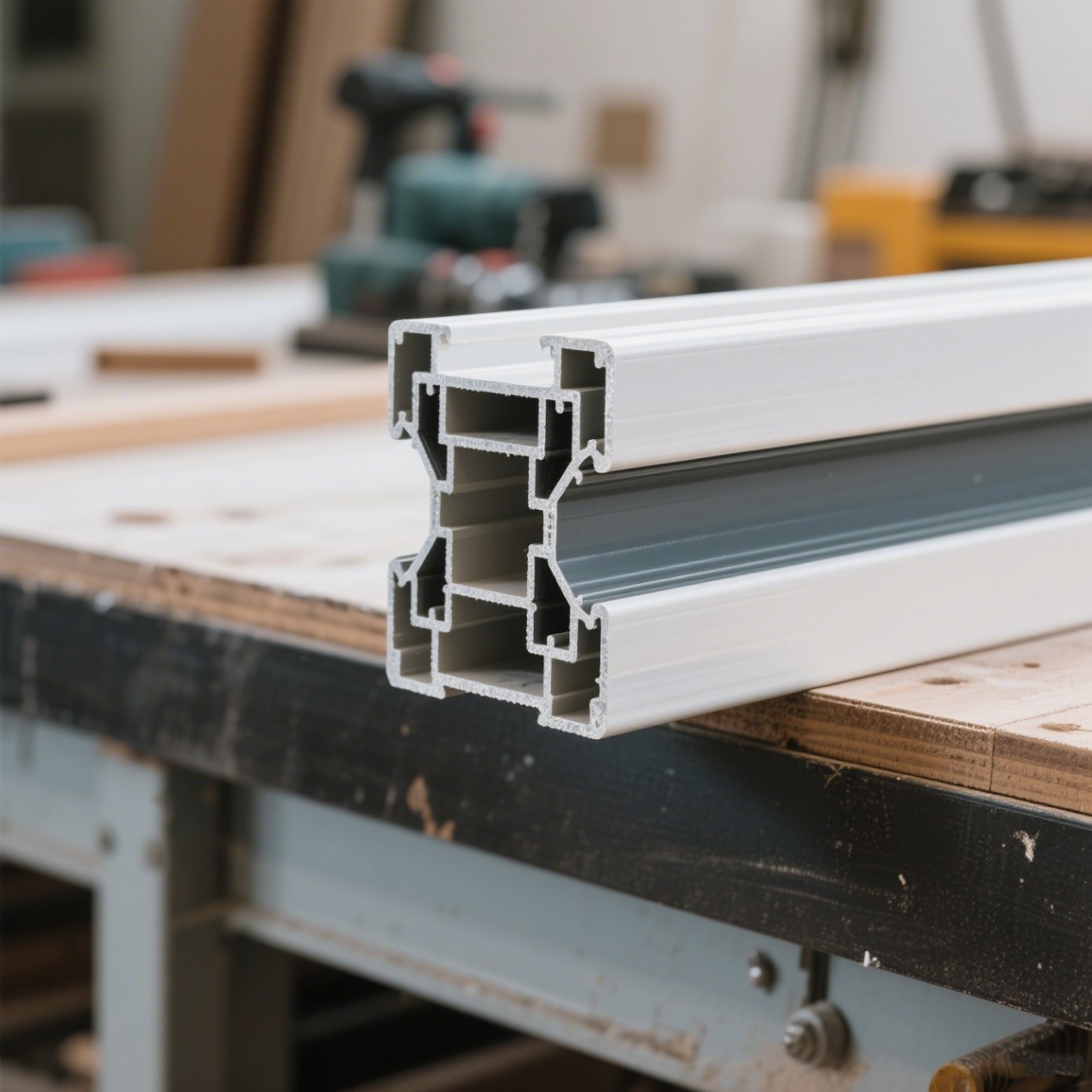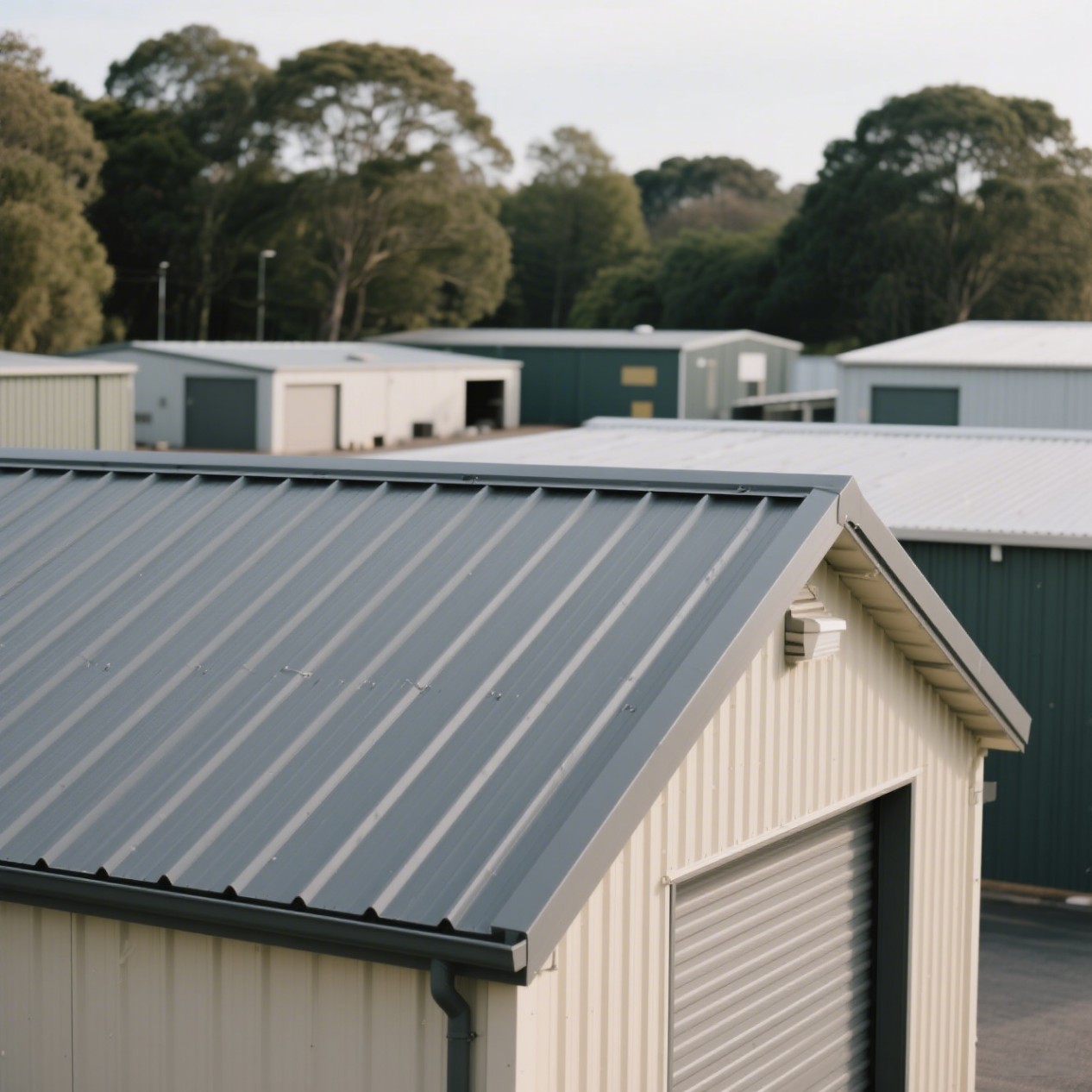How to Select the Appropriate Antioxidant?
Selecting the appropriate antioxidant is a key step to improve the durability, appearance and functionality of polymer. This requires comprehensive consideration of many factors such as the chemical properties of the polymer itself, processing conditions, end use environment and environmental protection regulations.
Polyolefins (such as polyethylene and polypropylene) are prone to thermal oxidative degradation, requiring primary antioxidants (such as phenols) to capture free radicals and auxiliary antioxidants (such as phosphites) to decompose hydroperoxide.
PVC’s degradation is mainly based on ionization, and compared to polyolefins, PVC manufacturers have much less demand for antioxidants. Currently, commonly used antioxidants for PVC include AO1076, AO2246, etc.
Engineering plastics (PA, PC, PPS) are generally processed at high temperatures and require heat-resistant antioxidants to prevent yellowing and strength loss.
①For high-temperature processing conditions (>280 ℃), it is advisable to choose varieties with low volatility and high temperature resistance.
②For long-term outdoor exposure, a synergistic anti-UV system is required, such as phenolic compounds and UV absorbers.
③Pay attention to compatibility and avoid precipitation. In addition, amine antioxidants have weaker color protection.
④The combination of main antioxidant and auxiliary antioxidant can greatly improve the anti-aging effect.
In summary, the use of antioxidants alone is not sufficient to cope with diverse application scenarios, and the coordination of multiple additives is a better choice.
Post time: May-12-2025



